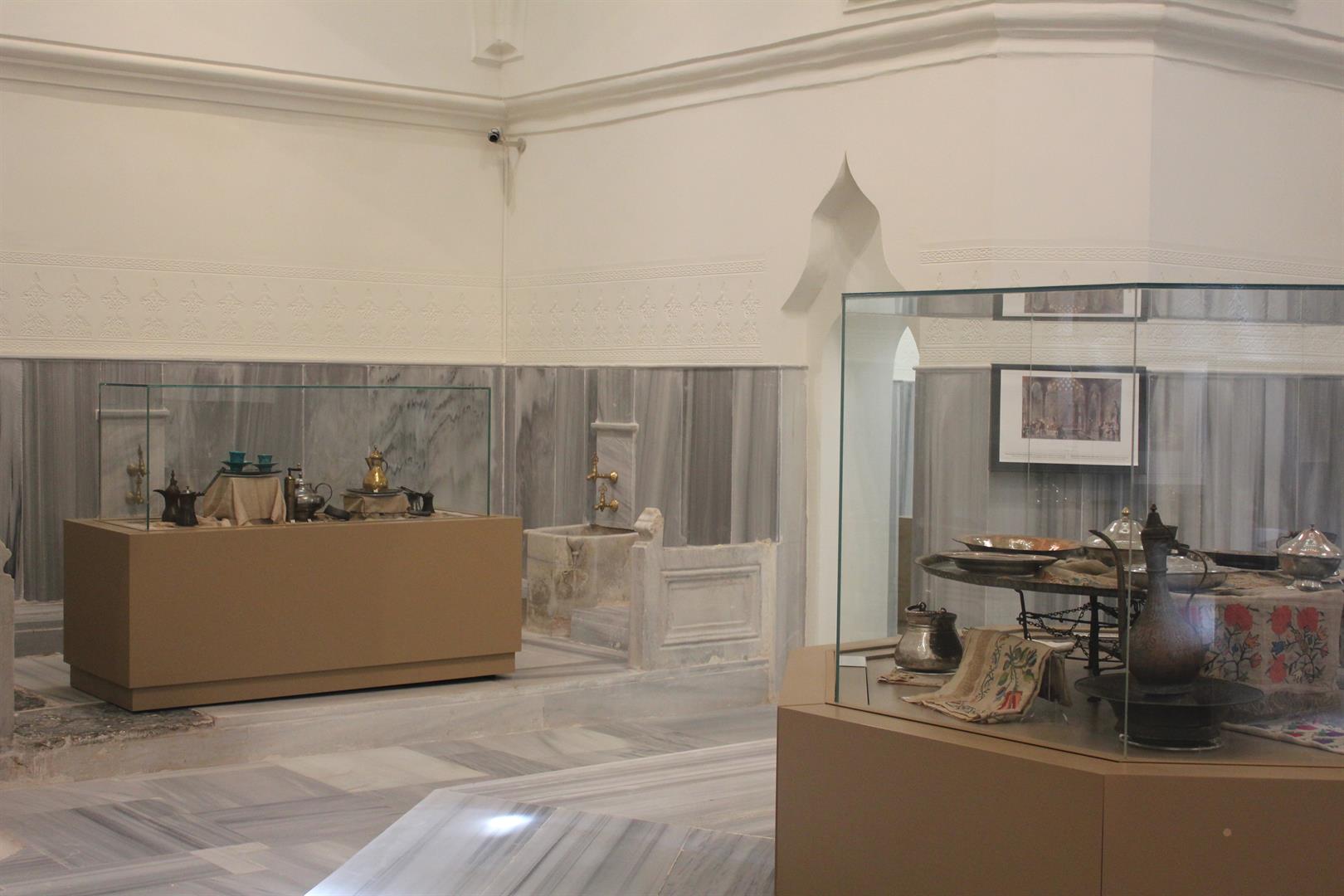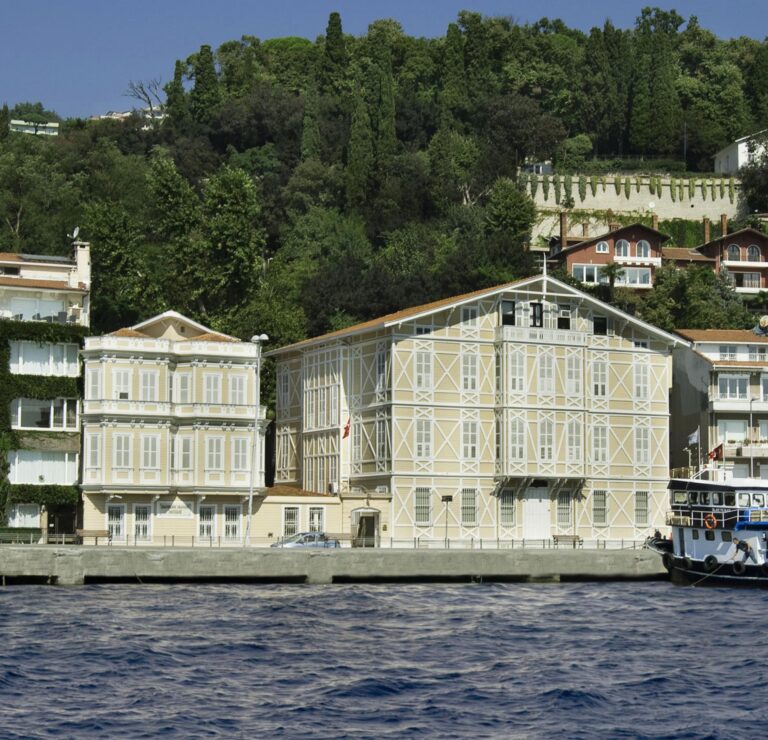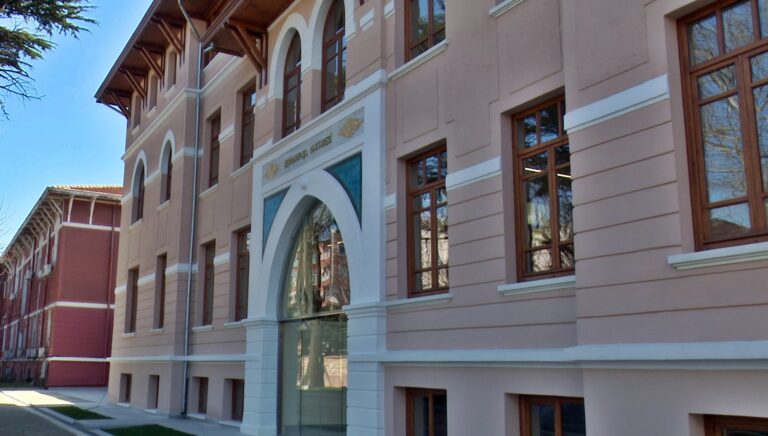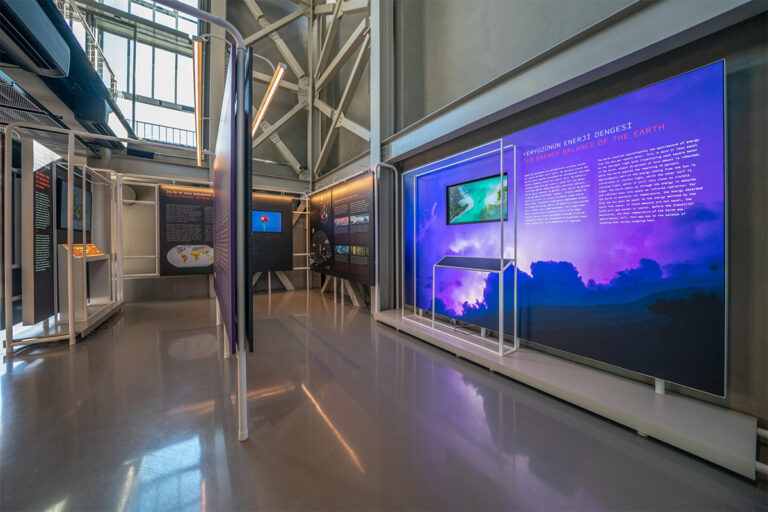Bayezid II Turkish Bath Culture Museum
The bath, part of the II. Bayezid Complex, is dated to 1507-1508 based on some documents from the Prime Ministry Ottoman Archives. Known as the “New Bath” in records, it was built as a double bath for public use by Gülbahar Hatun, the wife of II. Bayezid.
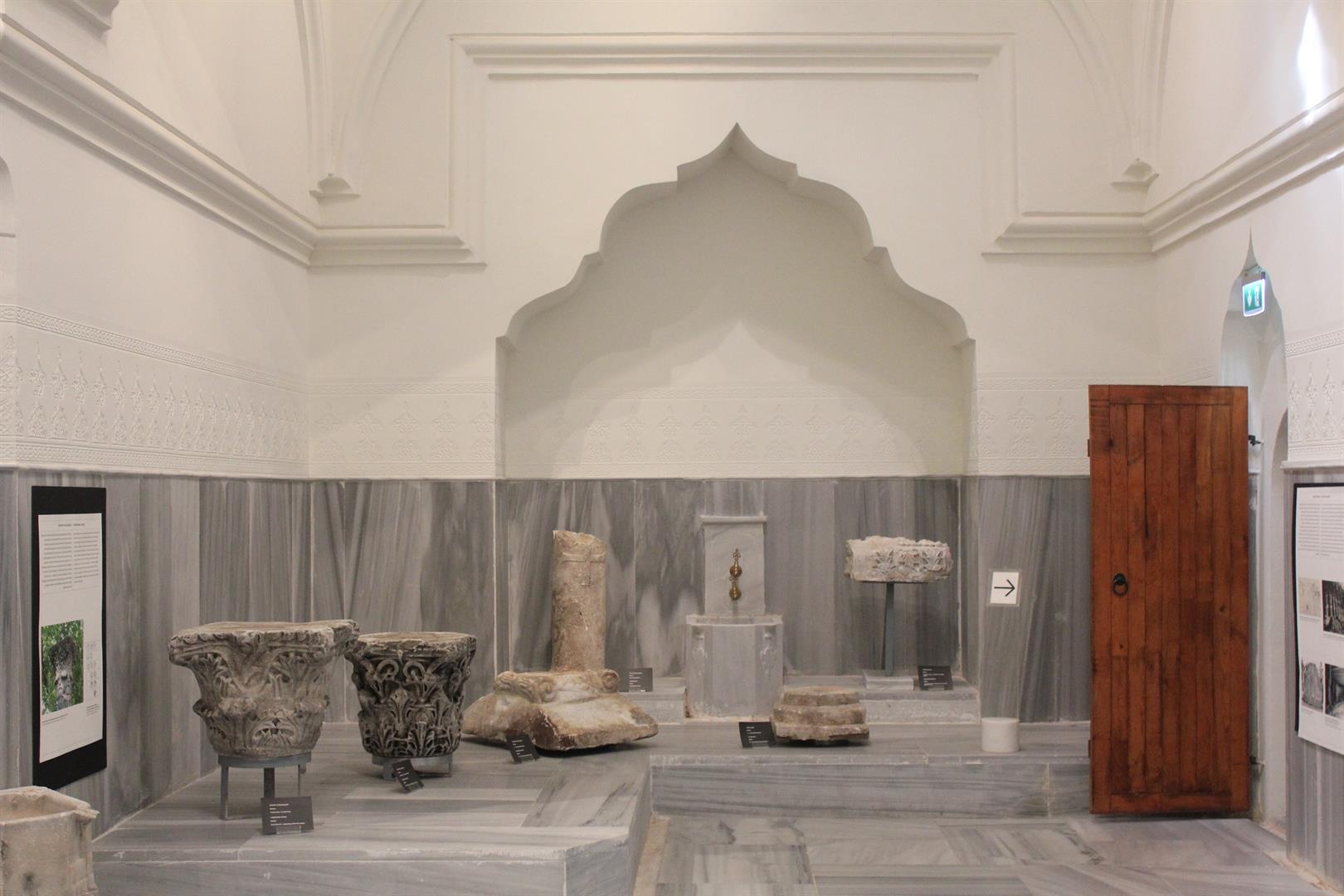
The bath, also referred to as “Patrona Bath” due to tales of Halil the masseur, known as Patrona, who played a role in the Patrona Halil rebellion that led to the dethronement of III. Ahmed and the assassination of Nevşehirli Damat Ibrahim Pasha, is a significant example of Classical Ottoman architecture. Designed as separate structures for men and women with a shared boiler room and water tanks, the bath features large domed cooling rooms facing Ordu Street. The women’s section is slightly smaller. The bath includes sequential warm and hot areas, and a boiler room extending along the back. The men’s entrance is on Ordu Street, and the women’s on Kimyager Derviş Paşa Street.
Owned by Istanbul University, the bath was converted into a museum in 2015 to preserve and pass on Turkish bathing culture. Renovation and space arrangement projects were implemented in 2010, followed by the II. Bayezid Bath Restoration and Cultural Heritage Museum Arrangement Projects in 2011. The bath was authentically restored and converted into a museum, with museum arrangement work beginning in May 2013 under a commission led by Prof. Dr. Nurhan Atasoy. The museum opened to visitors on May 27, 2015.
The museum entrance is through the women’s bath cooling section, housing administrative and security units. A later-opened door connects this with the men’s cooling section, arranged as a temporary exhibition space. The warm and hot areas of both sections are used as permanent exhibition spaces. The women’s bath warm section displays archaeological stone artifacts from the Byzantine and Ottoman periods.
The bath museum aims to convey the role and historical transformation of water in daily Turkish life. It presents ethnographic artifacts reflecting Turkish bath culture, complemented by visual materials, acquired through donations.
Since its opening, the museum periodically hosts special exhibitions in the temporary exhibition hall and organizes meetings and seminars featuring speakers from various disciplines. It also conducts entertaining workshops for pre-school and primary education students during academic terms.
Museum Collection:
The II. Bayezid Turkish Bath Culture Museum houses ethnographic and archaeological artifacts.
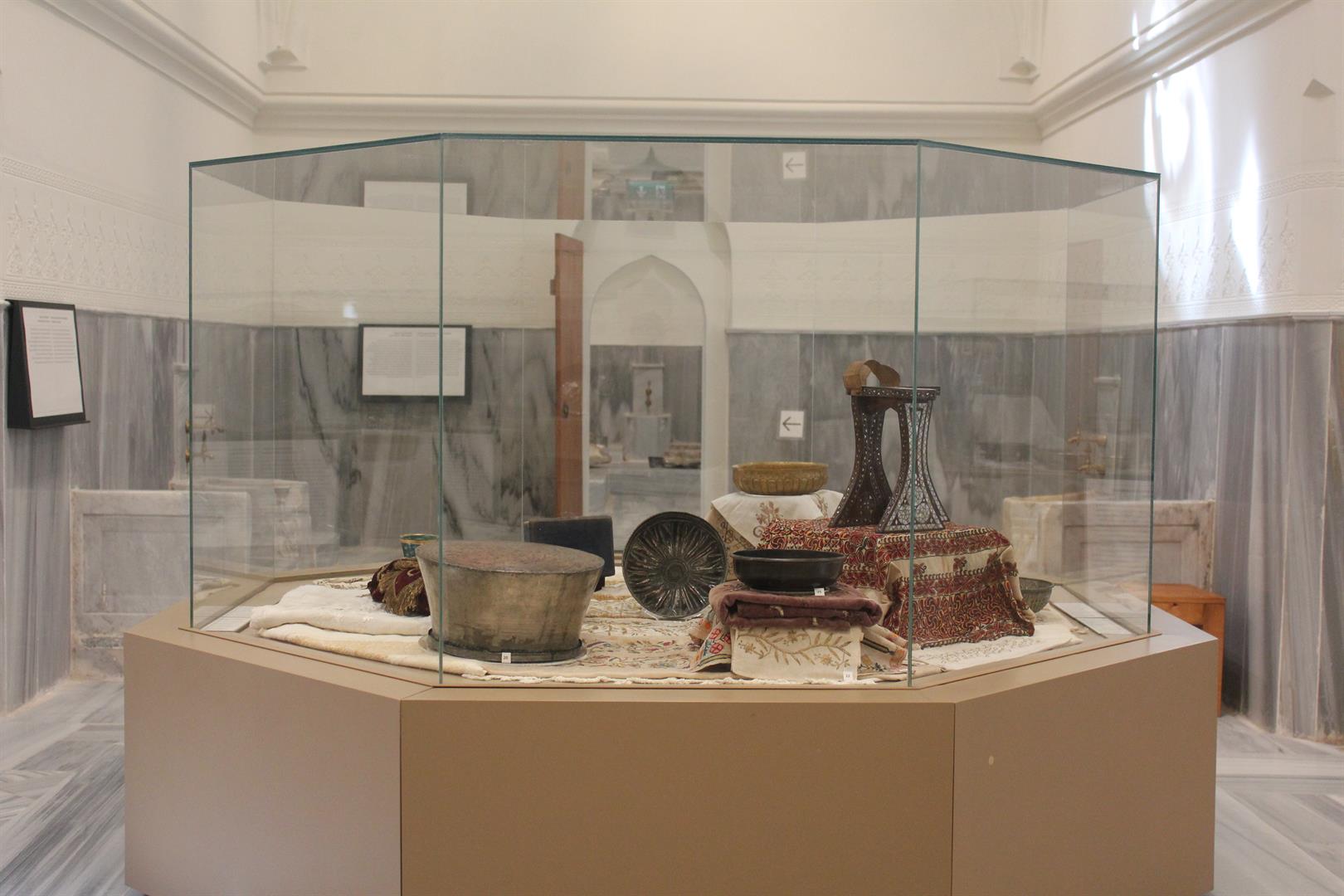
- Ethnographic Artifacts: Metal bath bowls, healing bowls, children’s basins, pitchers, soap dishes, water jugs, pans, trays, cups, coffee cups, coffee pots, copper kettles, coffee roasting pans, candlesticks, wooden clogs, cotton, silk, satin, and woolen towels, waistcloths, small towels, oils cloths, bundles, prayer rugs, scarves, scrubbing gloves, soap dishes, undergarments, soaps, combs made of horn and ivory.
- Archaeological Artifacts: Architectural fragments from the Byzantine and Ottoman periods and a relief from the Roman era Theodosius Column, found in and around the bath and registered in the inventory of the Istanbul Archaeology Museums Directorate.
Website: II. Bayezid Turkish Bath Culture Museum Website and MÜZEYUM Page
Address: Ordu Street, Balabanağa Neighborhood, Kimyager Derviş Paşa Street No:2, Beyazıt-Fatih/Istanbul
Phone: +90 (212) 440 00 00/16120-16121
Email: [email protected]
Visiting Information:
- Open Days: Weekdays from 09:00 to 16:30.
- Closed Days: Closed on weekends and public holidays.
- Entrance Fee: Free
- Who Can Visit: Open to all.
- Transportation: Accessible via Bağcılar-Kabataş tram, Yenikapı-Hacıosman metro, and municipal buses towards Beyazıt. Tram and bus users can get off at Laleli stop (next to Istanbul University Faculty of Literature). Metro users can get off at Vezneciler metro station.
Responsible Unit: MÜZEYUM, II. Bayezid Turkish Bath Culture Museum Directorate

